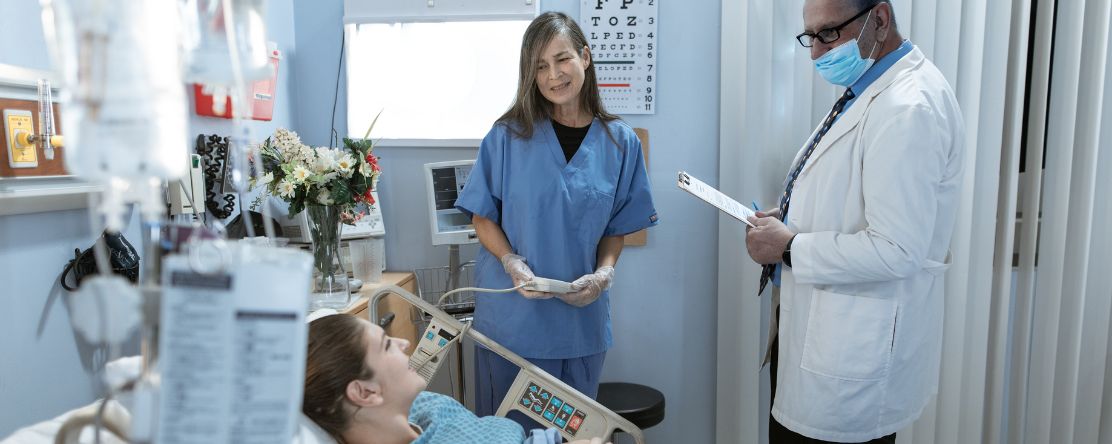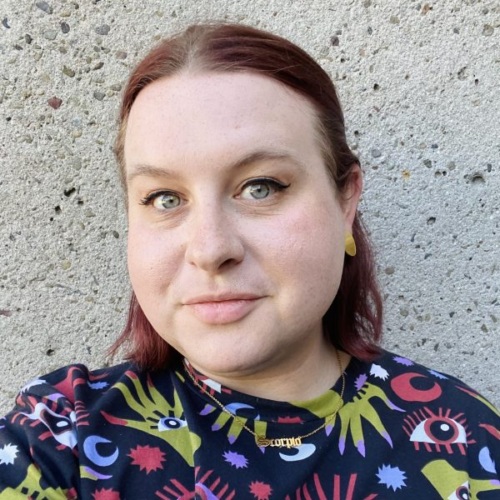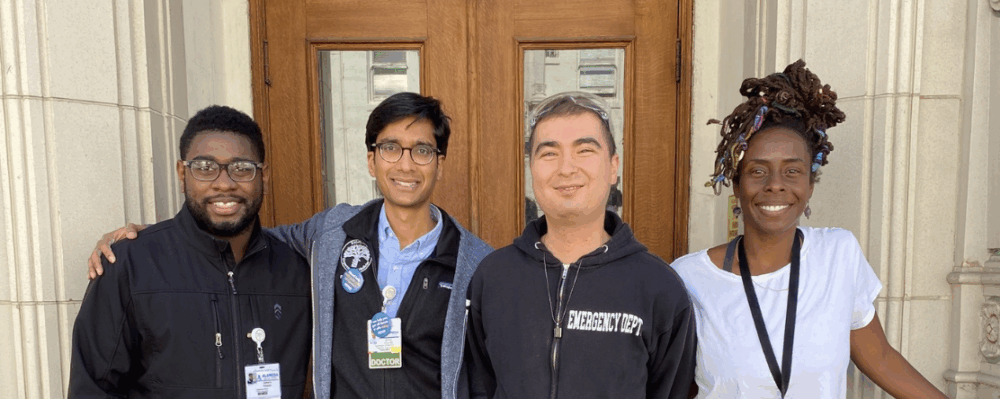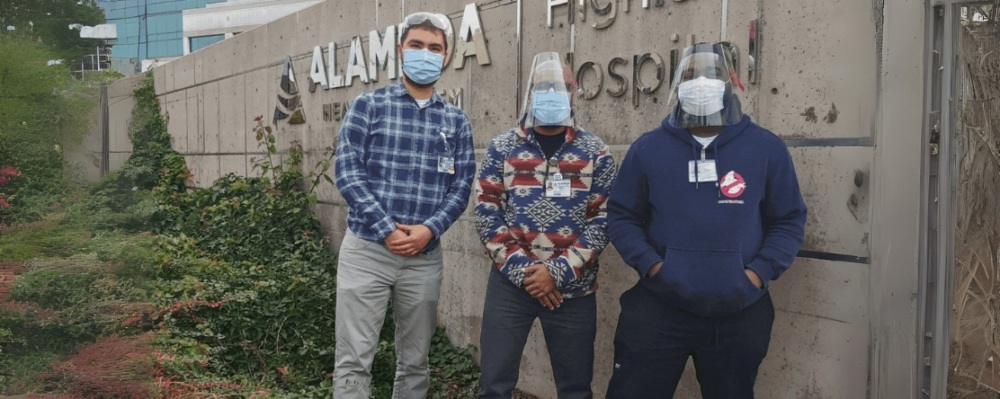
Increasing Emergency Department Patient Navigation And Buprenorphine Use: A Model For Low-Barrier Treatment
- Arianna Campbell, PA-C, MPH
- Andrew Herring, MD
- Aimee Moulin, MD
- Elizabeth Keating, MPA
- Elizabeth Anne Samuels, MD, MPH, MHS
Allison D Rosen
Sarah Abusaa
Annette M Dekker
David L Schriger
Steven J Shoptaw
Mariah M Kalmin
Chunqing Lin
Serena Clayton
Sarah Windels
Sherrie Cisneros
-
Focus Areas
Alcohol, Tobacco, Drugs & Mental Health, Healthy Communities -
Issues
Alcohol -
Programs
Bridge, CA Bridge -
Strategic Initiatives
Opioids

Emergency departments (EDs) are a strategic point of entry into the addiction care system in the US. PHI’s CA Bridge implements ED buprenorphine treatment across rural, urban, community, public and academic hospitals in California, leveraging 24/7 access to care and medical wrap-around services including immediate access to medication for addiction treatment; navigation to ongoing care in the community; and building a culture of harm reduction.
“California Emergency Department Patient Navigation and Buprenorphine Provision: A Model for Low-Barrier Treatment Access,” co-authored by UCLA researchers and CA Bridge leadership and published in Health Affairs as part of a special issue on addiction treatment, finds that CA Bridge has helped transform emergency care throughout California to include low-barrier buprenorphine for OUD, and provides a successful model for scaling ED addiction care across diverse practice settings with high adoption and service provision.
The study explores how grant funding from CA Bridge to over 250 hospitals led to a significant increase in buprenorphine prescriptions from California emergency departments and offers insights on CA Bridge’s success in expanding access to buprenorphine treatment for opioid use disorder. It also examines why prescribing rates are higher at public hospitals compared to private hospitals and advances the literature on the critical role of dedicated substance use patient navigation in long-term retention in treatment.
Read the article
See the full study or watch a video summary and read the article abstract. The special edition of Health Affairs also includes a poem from CA Bridge’s project manager Kaia Renouf.
California Emergency Department Patient Navigation and Buprenorphine Provision: A Model for Low-Barrier Treatment Access
Abstract
Emergency departments (EDs) in the US treat large numbers of people with opioid use disorder (OUD), but most health systems do not equip EDs to provide OUD care. CA Bridge has supported the implementation of low-threshold, ED-initiated medications for OUD bundled with harm reduction and patient navigation in more than 80 percent of California EDs. Using grant reporting and California controlled substances prescribing data, the study assessed CA Bridge implementation from July 2022 through December 2023, as well as 2022 California statewide ED buprenorphine prescribing. The findings suggest that EDs can reach large numbers of people with OUD, and buprenorphine uptake is high.
Discussion
CA Bridge has demonstrated not only that implementation is feasible across a variety of practice settings, but also that with technical assistance, training, and funding, adoption and service provision are high.
Conclusion
CA Bridge has developed a successful model for scaling ED addiction care across diverse practice settings, with high adoption and service provision. Further work is needed to build sustainable financing and quality measures to support the dissemination and maintenance of high-quality OUD care nationally.
“To The Best Friend Who Gave Up On Me, 20 Years Later” by Kaia Renouf
Kaia’s poem, published in Health Affairs: Insights About The Opioid Crisis, covers the social and emotional toll of being in recovery.
read the poem

Here’s the truth, not that it matters now:Kaia Renouf
You’ve missed the best parts of me.
Or, another way:
I’ve become my best self in your absence.
“To The Best Friend Who Gave Up On Me,” Health Affairs: Insights About The Opioid Crisis
Originally published by Health Affairs
Additional Contributors
- Elizabeth Anne Samuels, MD, MPH, MHS
- Allison D Rosen
- Sarah Abusaa
- Annette M Dekker
- David L Schriger
- Steven J Shoptaw
- Mariah M Kalmin
- Chunqing Lin
- Serena Clayton
- Sarah Windels
- Elizabeth Keating
- Sherrie Cisneros
- Arianna Campbell
- Aimee Moulin
- Andrew A Herring
Work With Us
You change the world. We do the rest. Explore fiscal sponsorship at PHI.
Support Us
Together, we can accelerate our response to public health’s most critical issues.
Find Employment
Begin your career at the Public Health Institute.


